Monitoring involves repeated measurements over time, using the same methods every time. The Mediterranean Coast Network monitors particular species, habitats, and other environmental factors which serve as “vital signs” for overall ecosystem health. Information obtained through monitoring can help park managers understand how ecosystems might be changing. Such knowledge is useful for developing effective approaches to resource management that further the National Park Service mission of preserving parks "unimpaired for future generations."
Wildlife
-
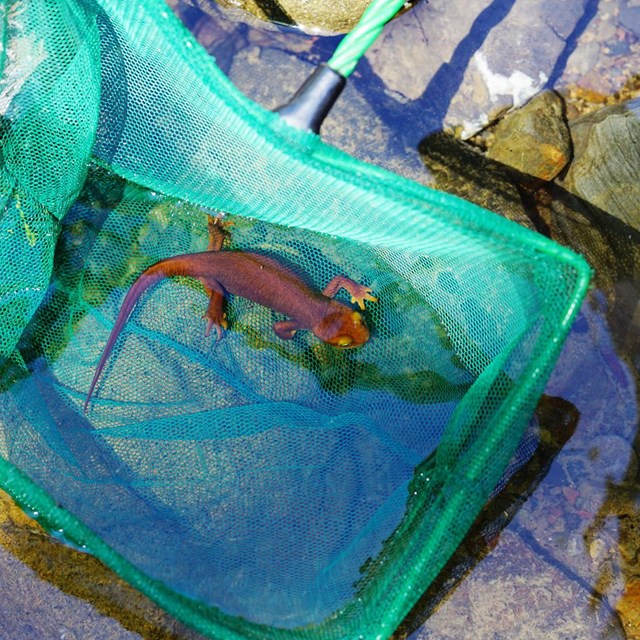 Aquatic Amphibians & Invasive Species
Aquatic Amphibians & Invasive SpeciesMonitoring the status of native stream-dwelling amphibians in the Santa Monica Mountains helps us to detect changes over a broad landscape.
-
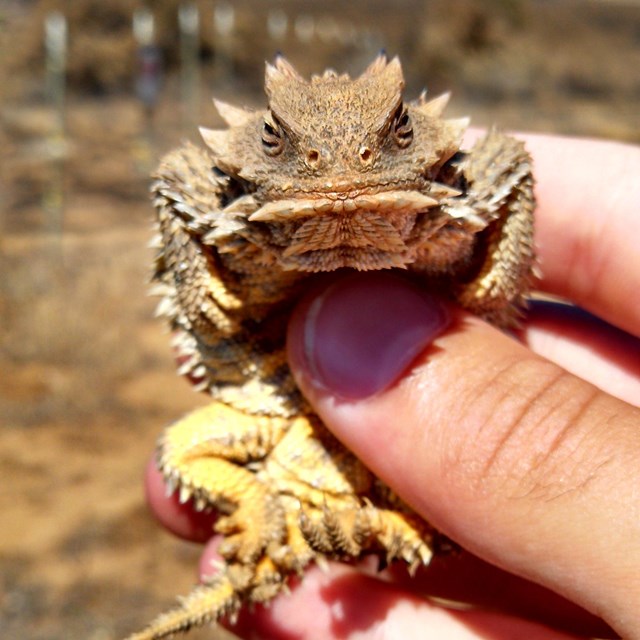 Terrestrial Amphibians & Reptiles
Terrestrial Amphibians & ReptilesMore than thirty species can be found in the Santa Monica Mountains and Point Loma peninsula. Five occur in Channel Islands National Park.
-
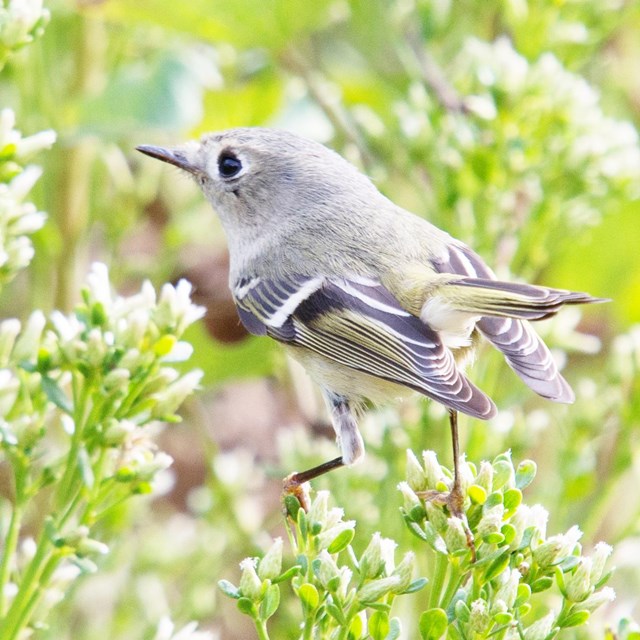 Landbirds
LandbirdsPark researchers have been monitoring land bird populations on the Channel Islands since 1993.
-
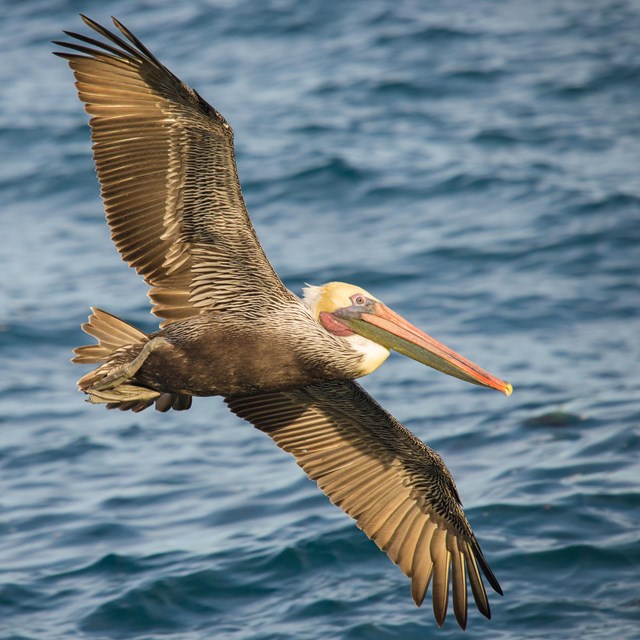 Seabirds
SeabirdsThe Channel Islands are home to the largest seabird colonies in southern California.
-
 Deer Mouse
Deer MouseEach of the five Channel Islands is home to an endemic subspecies of deer mouse.
-
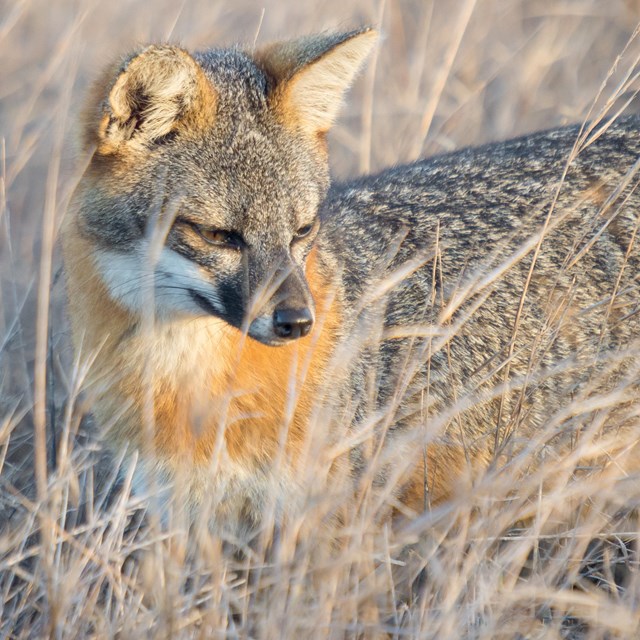 Island Fox
Island FoxOccurring only on six of California's eight Channel Islands, each island population is recognized as a separate endemic subspecies.
Ecosystems & Ecosystem Drivers
-
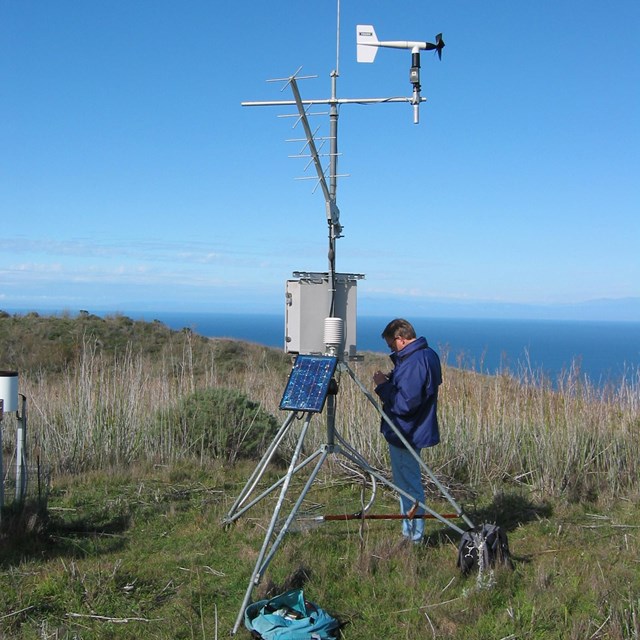 Climate & Weather
Climate & WeatherPark researchers have established four automated real-time weather stations on the Channel Islands.
-
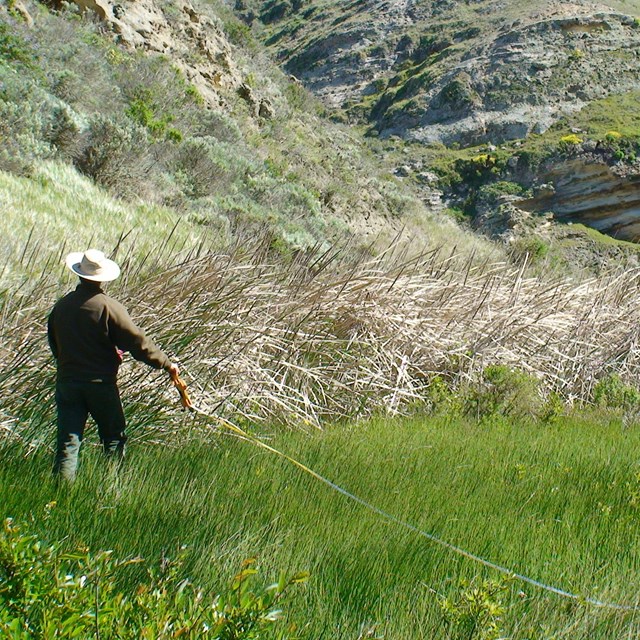 Invasive Plants
Invasive PlantsThe extent and number of invasive plant species in an ecosystem are indicators of the health and integrity of the ecosystem.
-
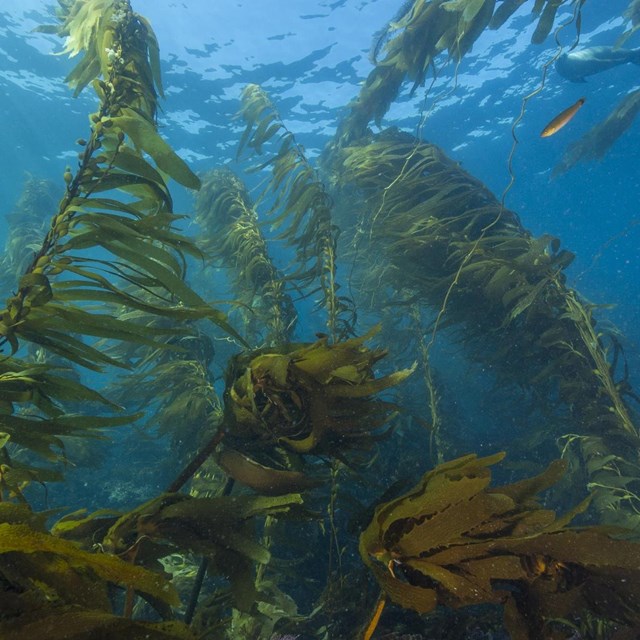 Kelp Forest Communities
Kelp Forest CommunitiesThe nearshore waters along the coastline southern California host one of the most productive marine ecosystems on earth, giant kelp forests.
-
 Landscape Dynamics
Landscape DynamicsLandscape dynamics refer to a broad suite of ecological and geomorphological processes occurring across broad spatial scales.
-
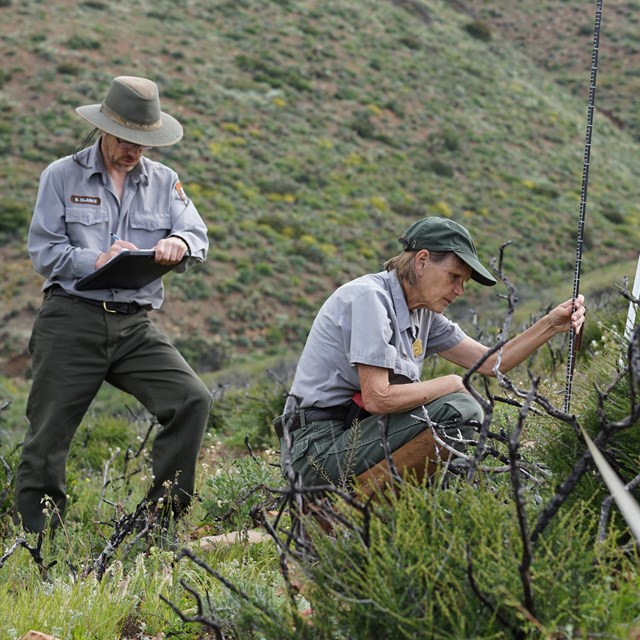 Native Plant Communities
Native Plant CommunitiesDetecting changes in species composition can help guide future land management decisions.
-
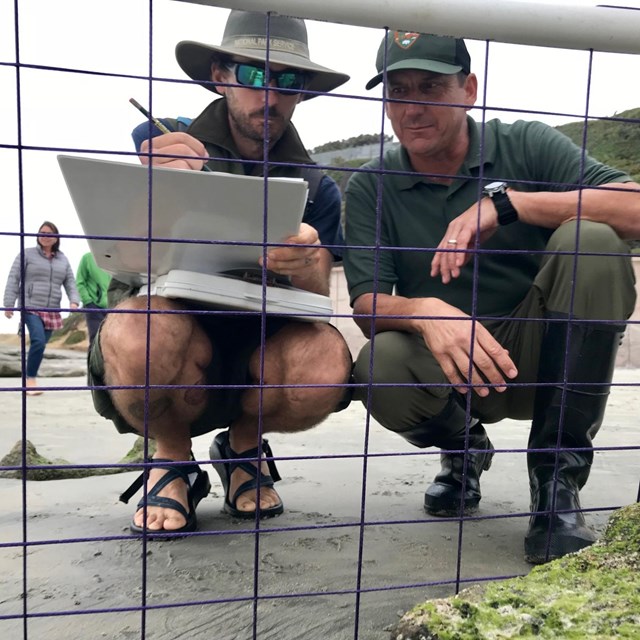 Rocky Intertidal Habitat
Rocky Intertidal HabitatDespite the intertidal community's resistance to the drying sun and pounding surf, it is vulnerable to impacts caused by humans.
Vital Signs On Hold
-
 Pinnipeds
PinnipedsPinnipeds are top level carnivores at the Channel Islands and are sensitive to prey population changes, weather, pollution, and disturbance.
-
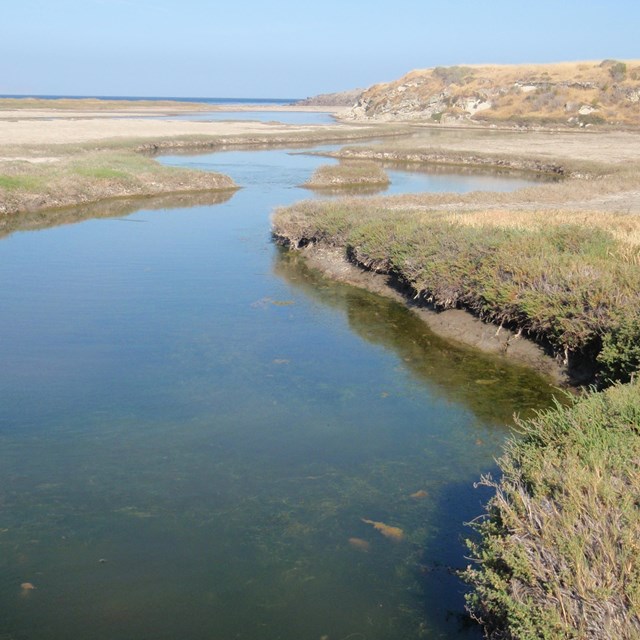 Sandy Beaches & Lagoons
Sandy Beaches & LagoonsPark researchers use a variety of sampling techniques to monitor the population dynamics of beach and lagoon organisms.
Last updated: December 2, 2024
